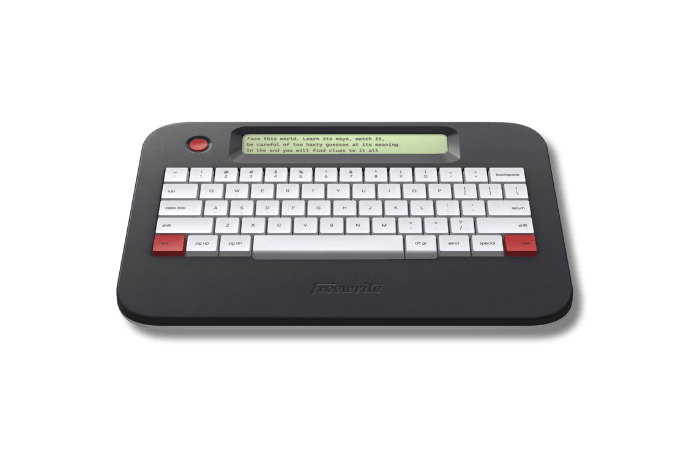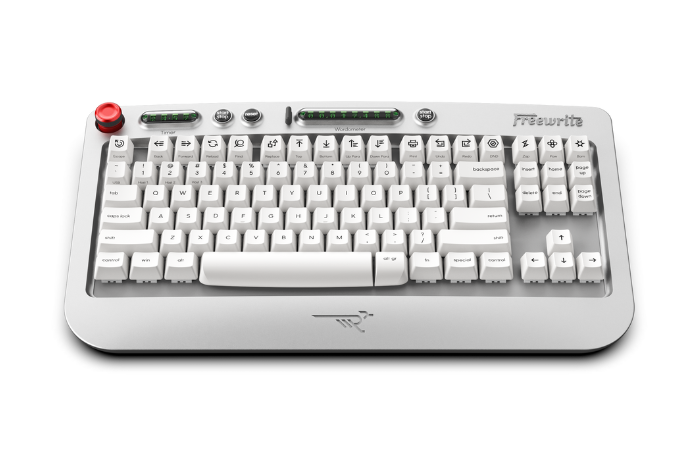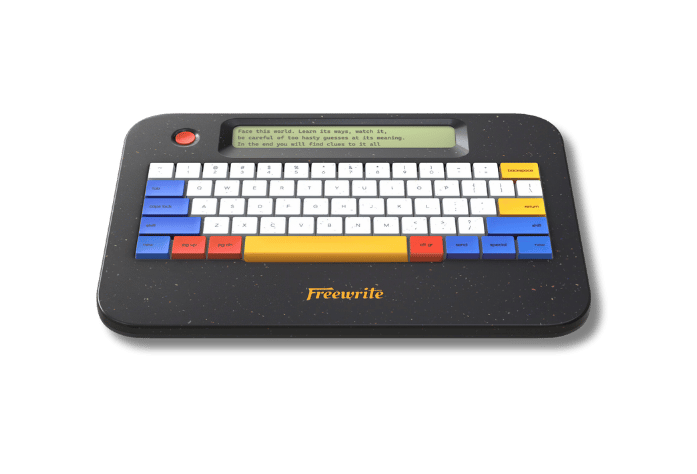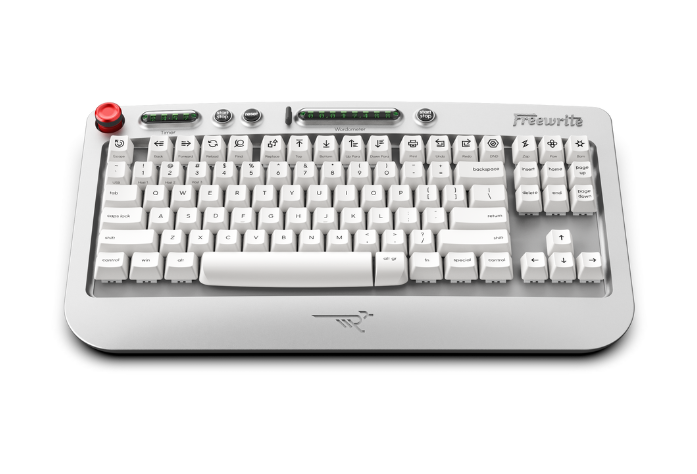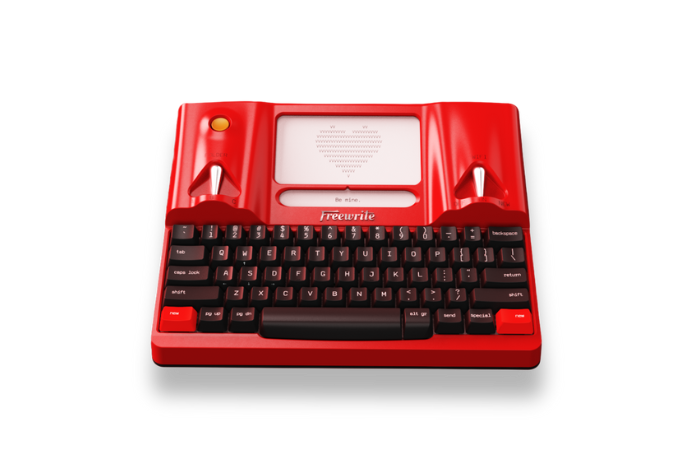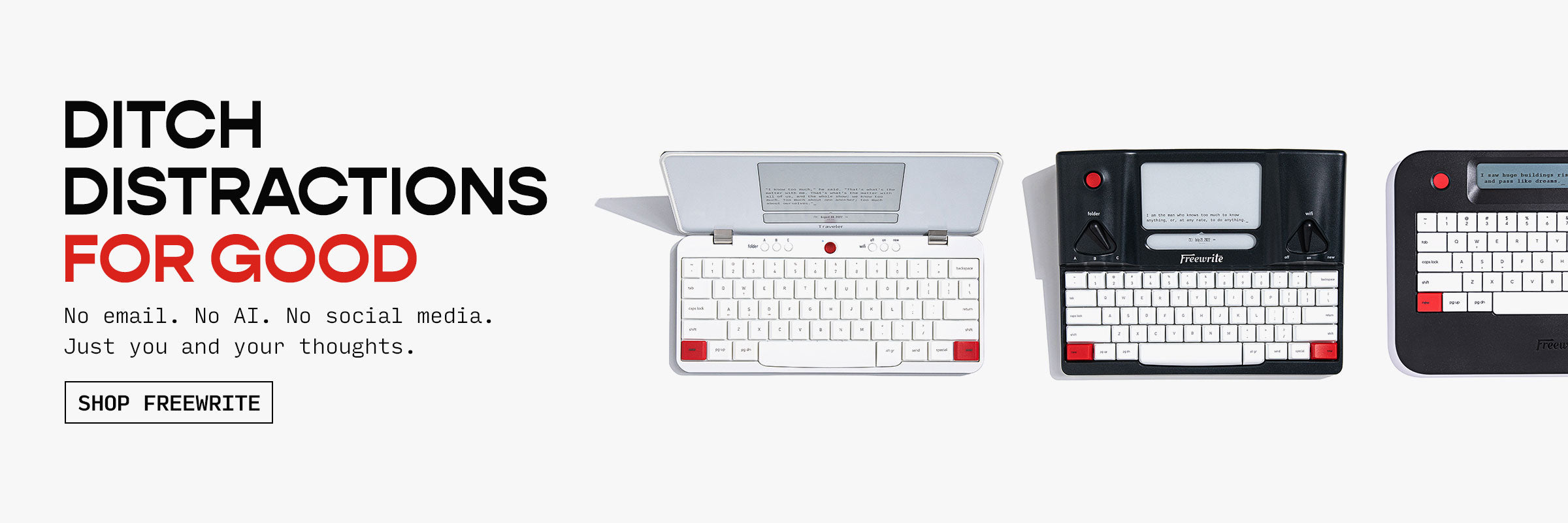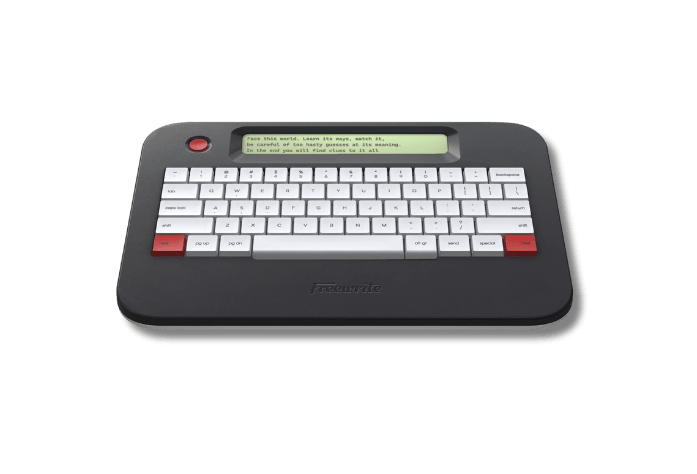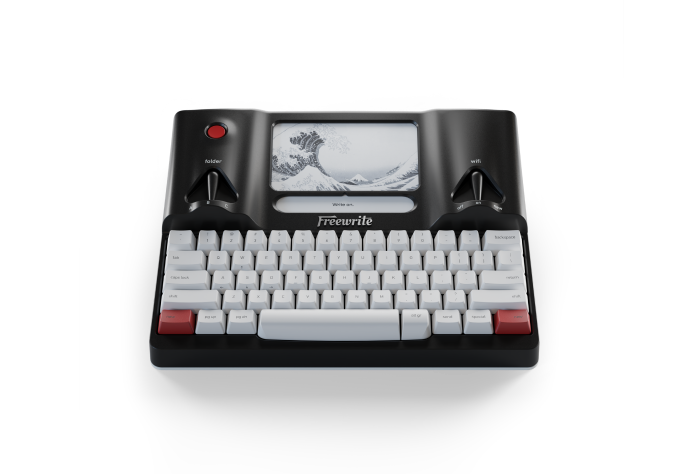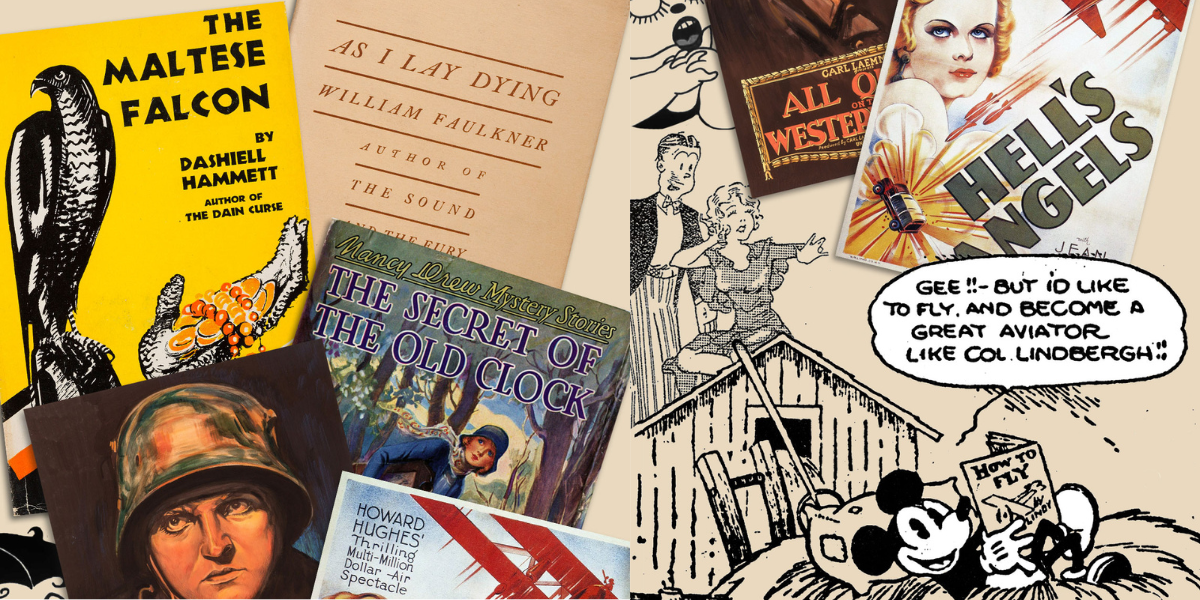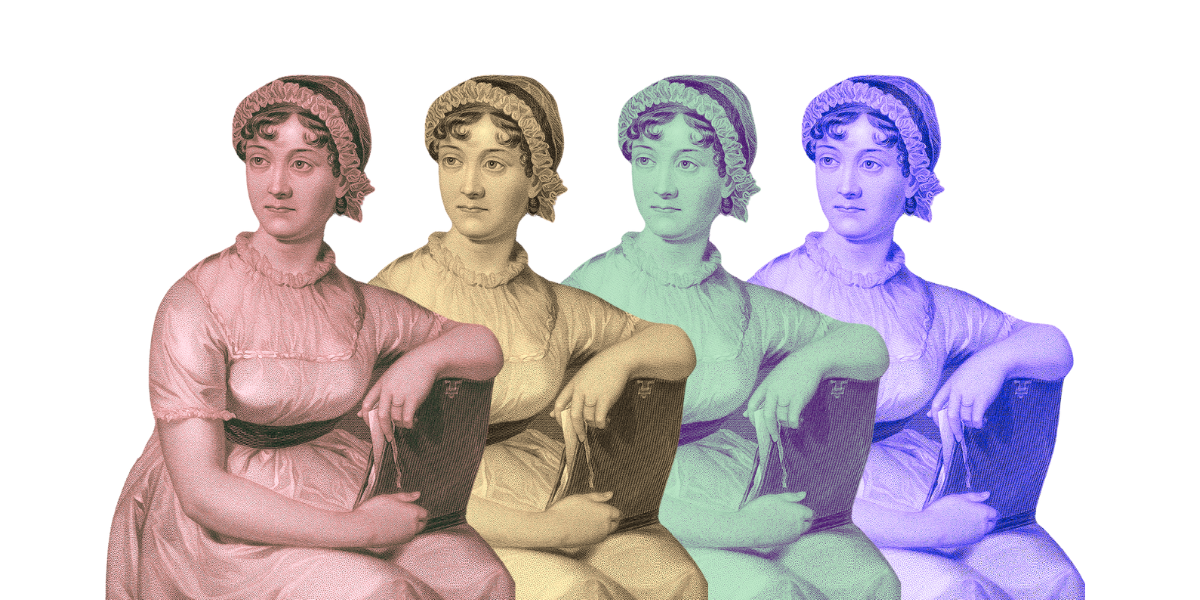Photo by Victor Rodvang on Unsplash
Today’s guest post is by author Jeff Somers. He has published nine novels, including the Avery Cates Series of noir-science fiction novels from Orbit Books, the darkly hilarious crime novel Chum from Tyrus Books, and most recently tales of blood magic and short cons in the Ustari Cycle.
The film Sunset Boulevard (1950) is perhaps Billy Wilder’s greatest achievement in terms of dialog—including the all-time great line (spoken by all-time great voice William Holden), “Sometimes it's interesting to see just how bad bad writing can be” (a line given extra oomphby the fact that the character speaking is himself a pretty bad writer). You can’t help but wonder if Wilder was winking at himself when he came up with that one, despite the fact that Wilder—a Polish Jew who emigrated to the U.S. in his late 20s—didn’t learn English until he arrived in Hollywood to begin his stellar career as a screenwriter and director.

The fact that English wasn’t his first language might have helped Wilder come up with such great dialog. Hearing a language spoken when you don’t understand it is an entirely different experience than when you’re fluent; in 1972, Italian singer Adriano Celentano released “Prisencolinensinainciusol,” a song of gibberish lyrics that are designed to sound like English spoken with a typical American accent. Listening to the song is an interesting experience—at first, it seems like the meaning of the song is just beyond your grasp because the rhythms and inflections are right on the money. The reason this song sounds right despite being meaningless reveals the fundamental trick of good dialog: The rhythm.
Slave to the Rhythm
Every writer knows that it’s pretty easy to go very wrong when writing dialog:
- Monotony, wherein all the characters sound more or less exactly the same (if a reader can’t tell who’s speaking without a dialog tag, you’ve got a problem).
- Stilted, exposition-heavy conversations filled with clumsy signifiers like “As you know ...” or repetitions of facts re-phrased for clarity (people simply don’t talk like that).
- Dialog that’s too close to reality, because in real life we all speak in meandering, stuttered phrases, using a lot of filler sounds to stall for time—and while making your characters sound like this might be realistic, it’s unpleasant to read (and difficult to understand on the page).
- Characters that only speak in Plot Points, only opening their mouths when the reader needs to know something.
The sweet spot for dialog is hazy, but the trick is to match the rhythm of real speech, but use a much more controlled approach to the actual words.
Modeling Speech
The key is turning off your brain a little and hearing just the pacing and pattern of a conversation without the meaning behind the sounds. One easy way to do this is to take dialog from a fictional source or from a real-life conversation and then substitute your own words.
TIP: Steal the rhythm, skip the boring parts—this is a perfect opportunity to strip out the “placeholder” words we all use to stall while we think, like “um” and “ah,” or, if you’re Italian, allora.
Borrowing From a Scene: Let’s say you have a scene between two characters talking about something. Why not steal the rhythm from one of the masters of modern movie dialog, Quentin Tarantino, and his classic Pulp Fiction:
JULES: Okay so, tell me again about the hash bars.
VINCENT: Okay what do you want to know?
JULES: Well, hash is legal over there, right?
VINCENT: Yeah, It's legal but it ain't hundred percent legal, I mean, you just can't walk into a restaurant, roll a joint and start puffin' away. They want you to smoke in your home or certain designated places.
Even without having seen the film, the rhythm of each speaker is clear, and the dialog bounces in a way that’s distinctive and pleasant to the ear—which is one reason this scene is one of the most famous from a famous film. The subject matter is not exactly important in any way (to the plot or anything) else, but you can see how the use of meaningless words like okay, right, and yeah are used to keep the rhythm balanced, and how some words are intentionally left out to get a more naturalistic sound (like ain’t hundred percent legal instead of ain’ta hundred percent legal). Modeling your own dialog after these rhythms can get that same bounce for your own words.

You can also steal from great books. Why not steal from a master of the art like Hemingway or Elmore Leonard? Leonard had a skill in making ordinary conversations pop off the page:
CHRIS: She didn't throw me out, I left. I phoned, you weren't home, so I stayed at Jerry's.
DAD: When you needed me most. I'm sorry I wasn't here.
CHRIS: Actually, you get right down to it, Phyllis's the one does all the talking. She gives me banking facts about different kinds of annuities, fiduciary trusts, institutional liquid asset funds ... I'm sitting here trying to stay awake, she's telling me about the exciting world of trust funds.
DAD: I had a feeling. You've given it some thought. You realize life goes on.
CHRIS: I'm not even sure what attracted me to her in the first place.
DAD: You want me to tell you?
All of Leonard’s dialog has a recognizable rhythm that magically seems realistic while being very controlled and carefully constructed.
Borrowing from Real Life: An equally powerful approach is to model your dialog on actual conversations. This can be a better approach if you’re trying to capture an iconic cultural rhythm, or if you’re simply looking for something more naturalistic. This approach can guarantee that your dialog has a believable, authentic rhythm to it, which is about 75% of the battle.
A hybrid of both approaches is to use an actor’s distinctive delivery of dialog to model the rhythm of one character on. Think about an actor with a distinctive way of delivering dialog—Alec Baldwin, or Meryl Streep, or even a non-actor you know personally. Imagining them reading every line you write for a specific character will subconsciously guide you towards a distinctive but believably consistent rhythm for every line they speak in your story.
These approaches will train you to write realistic-sounding dialog every time, eventually without having to draft on someone else’s work or the neighbors’ conversations—and eventually to develop your own personal rhythm that doesn’t rely on anything but your creative imagination and skill.
Dialog is hard—no one’s saying otherwise. World-building and plotting can be fun, filled with the wild excitement of simply creating. Dialog is a delicate business. The secret to great dialog doesn't lie with poetic lines scanned and re-scanned endlessly for errant commas or stuffed with convoluted similes—it's all about the rhythm. If your characters’ speaking rhythms appear naturalistic to the mind's ear, the reader will find it easy to imagine the characters are really speaking even though written dialog is so different from the spoken kind. This is incredibly important because having your characters speak in believable ways sells even the most far-fetched world-building and the most faith-testing out-of-nowhere plot twists. Bad dialog can ruin even the smartest story, even stories that are otherwise brilliantly written, and like many aspects of the craft getting dialog ‛right’ has more to do with approximating reality than reproducing it. Like "Prisencolinensinainciusol," you're fooling your readers into “hearing” what you want them to hear.
Except, of course, you should use words that actually mean something as a best practice. So, writers, tell me: What writer creates the best dialog for modeling your own work?

Jeff Somers (www.jeffreysomers.com) began writing by court order as an attempt to steer his creative impulses away from engineering genetic grotesqueries. He has published nine novels, including theAvery Cates Series of noir-science fiction novels from Orbit Books (www.avery-cates.com) and theUstari Cycleseries of urban fantasy novels. His short story “Ringing the Changes” was selected for inclusion inBest American Mystery Stories 2006,his story “Sift, Almost Invisible, Through” appeared in the anthologyCrimes by Moonlight edited by Charlaine Harris, and his story “Three Cups of Tea” appeared in the anthologyHanzai Japan. He also writes about books forBarnes and Noble andAbout.com and about the craft of writing forWriter’s Digest, which will publish his book on the craft of writingWriting Without Rules in 2018. He lives in Hoboken with his wife, The Duchess, and their cats. He considers pants to always be optional.



